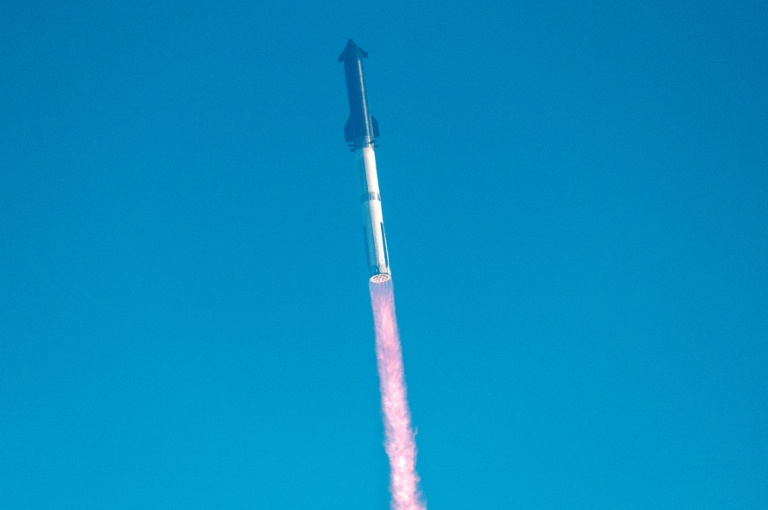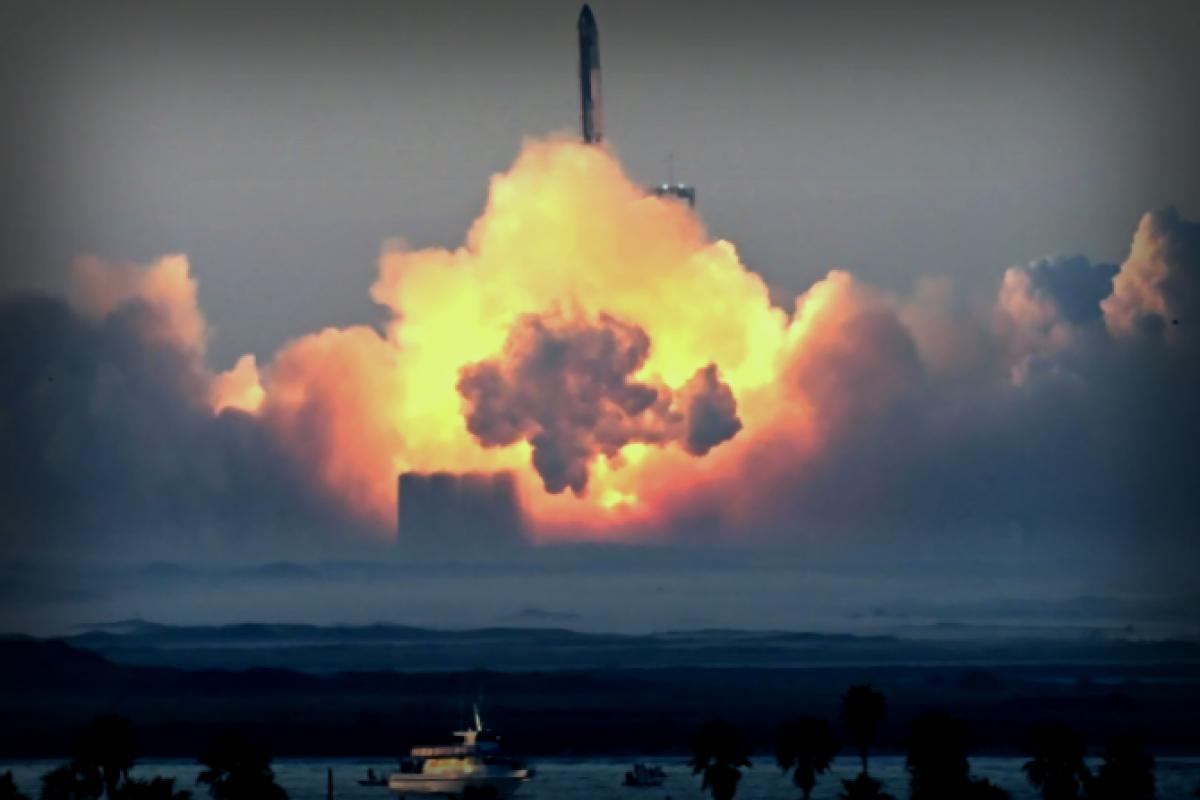On Friday, SpaceX announced plans for another test flight of its Starship megarocket, set to launch next weekend. This comes after several prior attempts ended in dramatic explosions.
Starship is touted as the largest and most powerful rocket ever built, aiming to help return humans to the Moon and is key to Elon Musk’s vision of future Mars colonization.

However, recent test flights faced serious setbacks, with explosions showering debris over Caribbean islands and affecting nearby air traffic. This has culminated in significant pressure on SpaceX to ensure this next trial runs smoothly.
According to SpaceX, the 10th test flight of the Starship is scheduled to take off as early as August 24 from their Starbase site in Texas.
Earlier this year, during two tests, the upper stage of the rocket designed for crew and cargo deliveries suffered catastrophic failures just after liftoff. In the last test in May, while the Starship did achieve spaceflight, it ultimately exploded due to a fuel leak, which led to erratic control during the mission.
The rocket was also designed for a splashdown in the Gulf of Mexico, but it succumbed to destruction before ever reaching the waters below.
This 403-foot (123-meter) tall tech giant is engineered with the hope of being fully reusable, allowing for launches at a lower cost than previous models.
SpaceX operates under a “fail fast, learn fast” design philosophy that bolstered its success in the commercial space sector. Musk remains optimistic despite the recent setbacks, which also include explosions that occurred during a standard ground test back in June.
He’s determined that the Starship will embark on its first uncrewed missions to Mars as early as next year.
That said, SpaceX has received criticism regarding the environmental and community impact of its launches. For instance, in June, Mexican President Claudia Sheinbaum hinted at potential legal action against SpaceX due to fallen debris and pollution linked to the launches.
Looking ahead, more Starship tests are expected soon, especially after US aviation authorities increased the annual launch cap from five to 25.



















